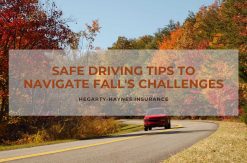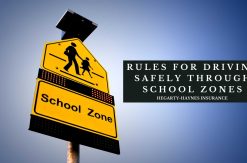
The holiday season is upon us, and with it, the busiest travel season of the year. Over 50 million people will journey away from home over the next few weeks. Enjoy all the tidings of comfort and joy in the company of friends and family with the following tips. Safe travels and happy holidays to you and yours!
Plan Your Trip
Map your route (even with GPS). By plugging your travel plans into an online route planner, you can get a good sense of what to expect, along with being able to determine your gas mileage and driving times. One of our favorite resources is Google Maps. In addition to turn-by-turn directions, which you can print or download, you can now find interesting places to stop along the way.
Vehicle Maintenance
AAA suggests completing the following vehicle maintenance:
- Get an oil change
- Test the battery
- Replace wiper blades
- Fill the windshield washer reservoir
- Make sure your head, tail and brake lights all work
- Check tire pressure and tread depth – you may also want to consider having your tires rotated
Emergency Road Kit
Before leaving home, prepare for the unexpected with an emergency car kit packed with all the essentials, such as jumper cables, a working flashlight and extra batteries, basic tools, a first-aid kit, blankets, water and nonperishable snacks (e.g., power bars, trail mix, peanut butter crackers, etc.). Already have a kit? Review its contents, replacing anything expired or damaged. Consider investing in road side assistance as well. If visiting Northern Arizona, make sure to pack snow chains!
Check Weather Reports
We are big fans of checking the conditions along your route, not just the weather at your home and destination. Winter storm headed your direction? Plan another route or, if possible, head out a day earlier to avoid it. Take a few minutes to check current and forecasted weather conditions with the National Weather Service.
Stay Focused/Alert
Any time you’re traveling a long distance, breaking up the drive periodically – every two hours or 100 miles – will help you remain focused and alert. Spend 15 minutes stretching your legs. When you stop for breaks, choose a well-lit, populated facility that offers a good cell phone signal.
Increase Following Distance
According to AAA, the three to four second following distance should be more than doubled to eight to ten seconds during the winter months; even more in severe weather conditions. You should also accelerate and decelerate slowly; avoid using cruise control; and avoid applying extra gas when going up hills.
Note: This blog has been updated for 2017. The original blog can be found here.


